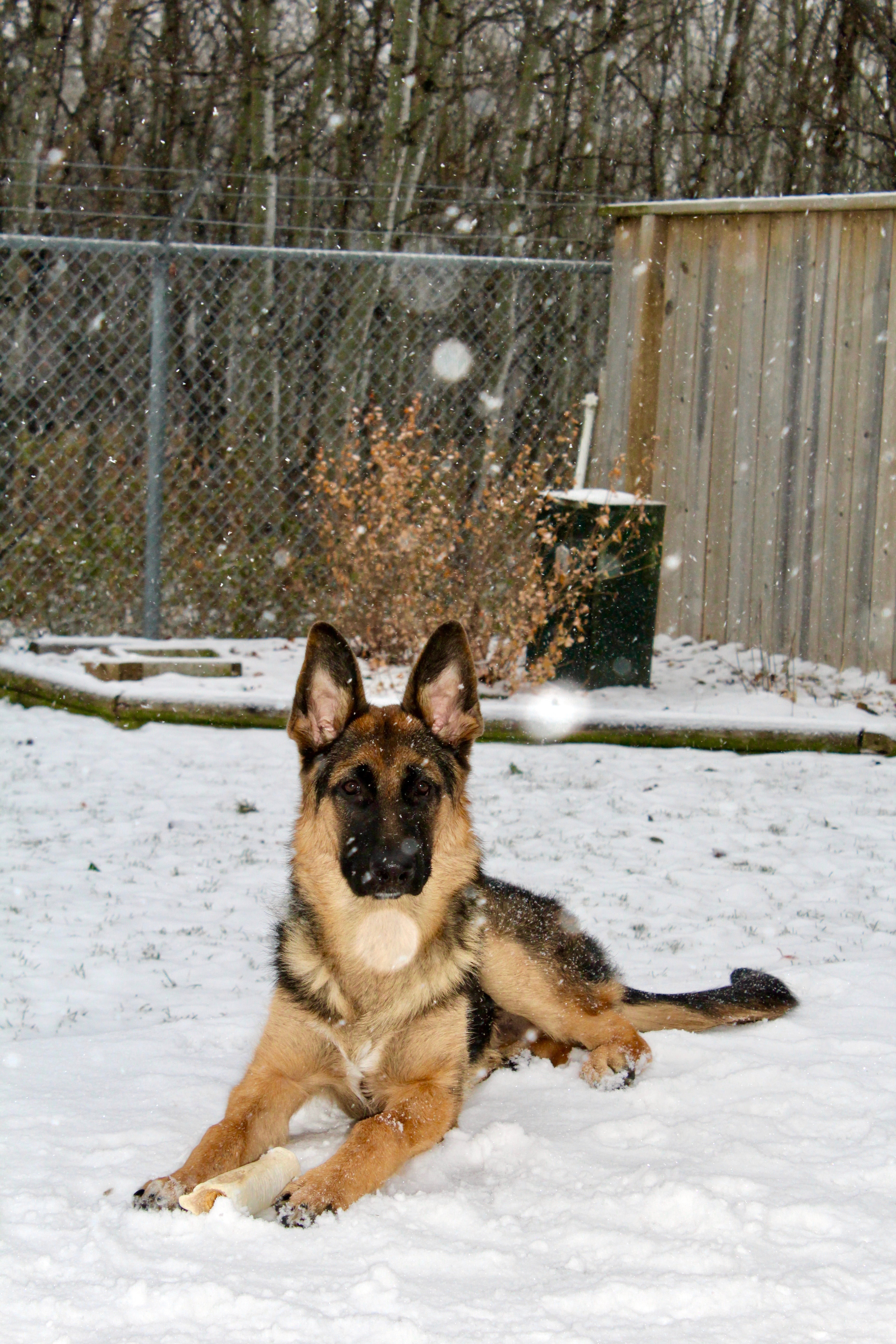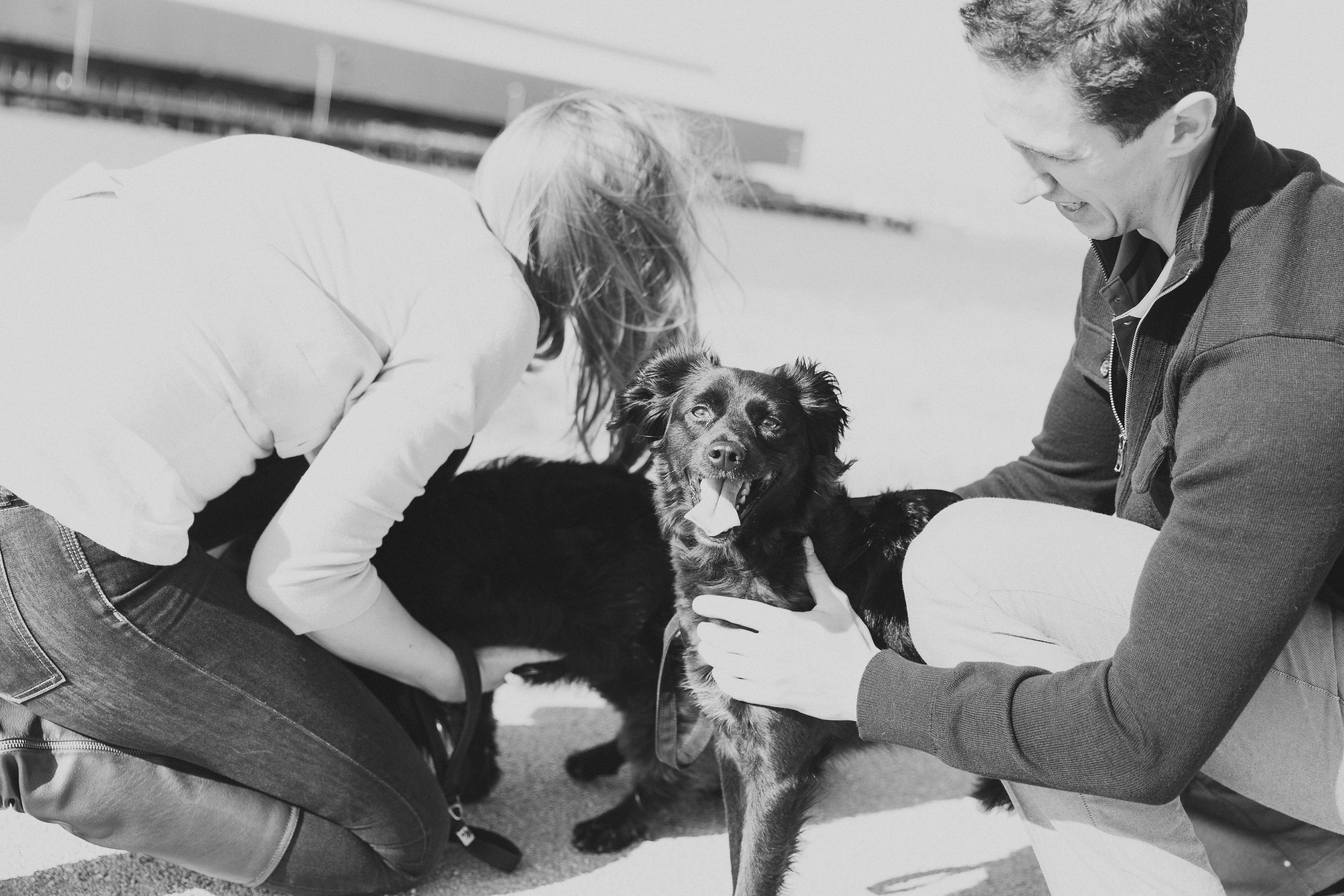Having a dog can be a rewarding experience. I know from personal experience. I was happy when I adopted a German Shepherd from my local SPCA. When I first brought her home, everything seemed to be okay until things started changing. There were some things that I began to notice as I grew closer to my dog. It almost seemed like she resisted me. She began to act out when she met other dogs or when my friends and family would come over to visit. I slowly began to learn that she was becoming aggressive.
Dogs are sensitive animals, and when they are threatened or if they have been hurt before, they are very defensive. If you have noticed that your dog is becoming aggressive, it doesn’t have to mean the end of your relationship with your dog. Consulting with a professional dog trainer is an important first step. I have some tips that can help you deal with your dog’s aggression:
You Have to Build Trust
One of the main things you have to do in order to get your dog to behave better is to get them to trust you. Usually, when a dog is aggressive, they are afraid that you are going to hurt them. When you first get your dog make sure you approach them by meeting them at eye level and make sure you are staying calm. You don’t want to upset your dog. Going for a walk with your dog can also help you build trust. He or she will feel comforted and safe knowing that you are always there to protect them.
Taming Your Dog’s Aggressive Behavior
There are a lot of things that you can do to control your dog’s aggressive behavior. One of the ways I controlled my German Shepherd’s aggressive behavior was that I read her body language. For example, when my German Shepherd would raise her ears and go from lying down to getting up quickly, I knew it meant that she was scared. I learned the warning signs of when she was about to nip at my friends and when she was getting frustrated.
“Dogs are sensitive animals, and when they are threatened or if they have been hurt before, they are very defensive.”
Learning some different techniques to control your dog’s behavior at home can also help your dog with their aggressive issues. You have to set boundaries and rules in order to control their bad behavior. Eliminate certain games you have to play such as tug-a-war. Instead, play fetch with your dog, so they will not have aggressive behavior. If your dog is jumping on other people or if they seem hyper make sure you use commands such as sit or stay down. Giving your dog a treat when they obey your commands will help them with their aggressive behavior.
My dog’s bad behavior began to improve when I gently introduced her to other dogs and to my friends and family. Dogs can be naturally fearful animals and often need to feel safe and reassured that the environment is okay. When you let your dog interact with other humans or other animals make sure you are nearby, so your dog won’t be afraid. If they do become out of control, it can be a good idea at first to have a muzzle on their nose until you can get their fear under control.
A Happy Ending For Us
After a few months, my dog became very friendly. She loves going out for walks now, and when my family comes over, she greets them at the door. It took a while for her to let go of her past experience with her previous owners but she is no longer afraid. Aggressive behavior in dogs can be adjusted! You need reconditioning, reassurance and a lot of patience and you should see a big difference in your dog!

Photo by Madeline Ingram on Unsplash
If you enjoyed this post, you should read Dog Ownership 101 here.
How have you helped your dog feel safe?
